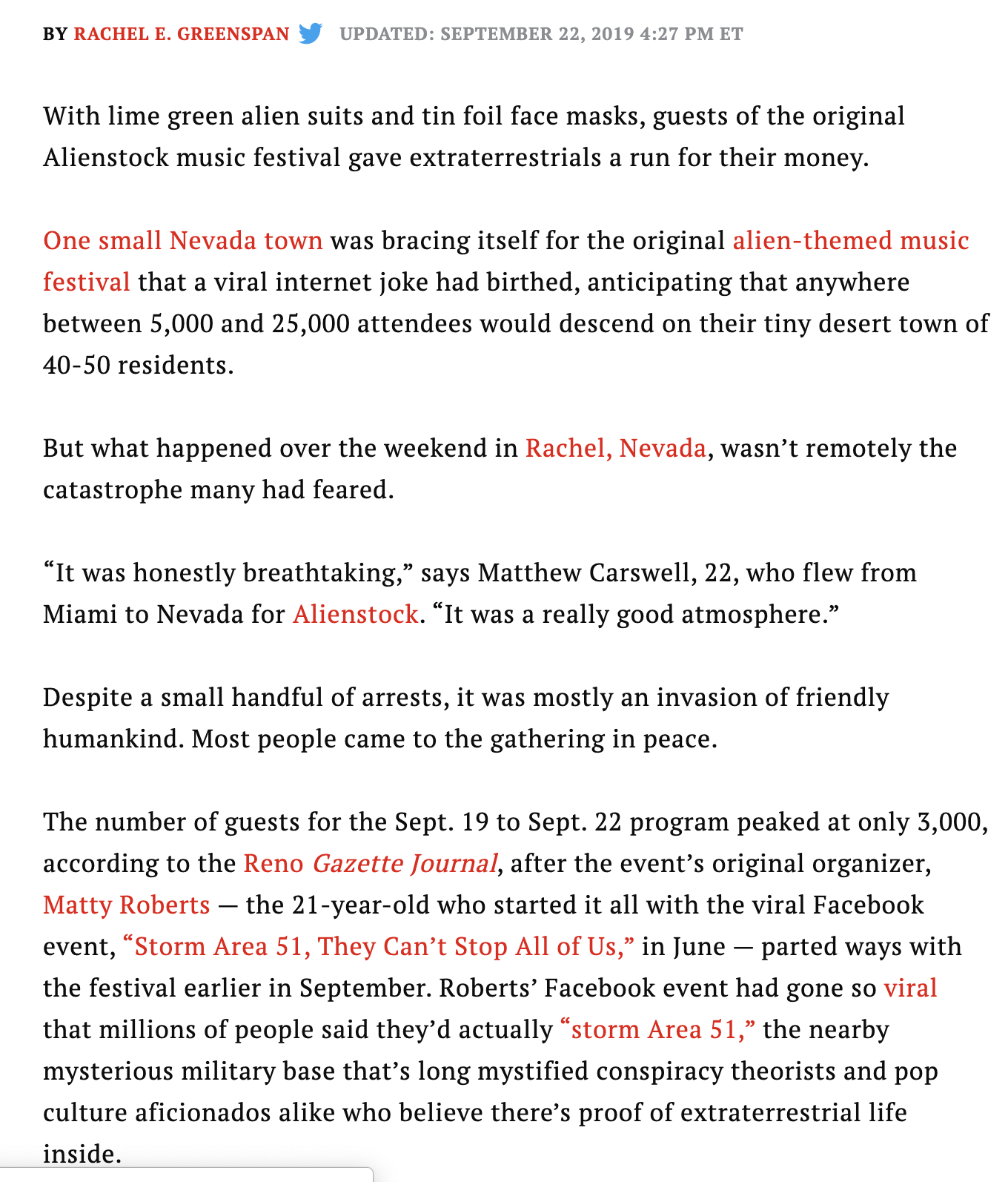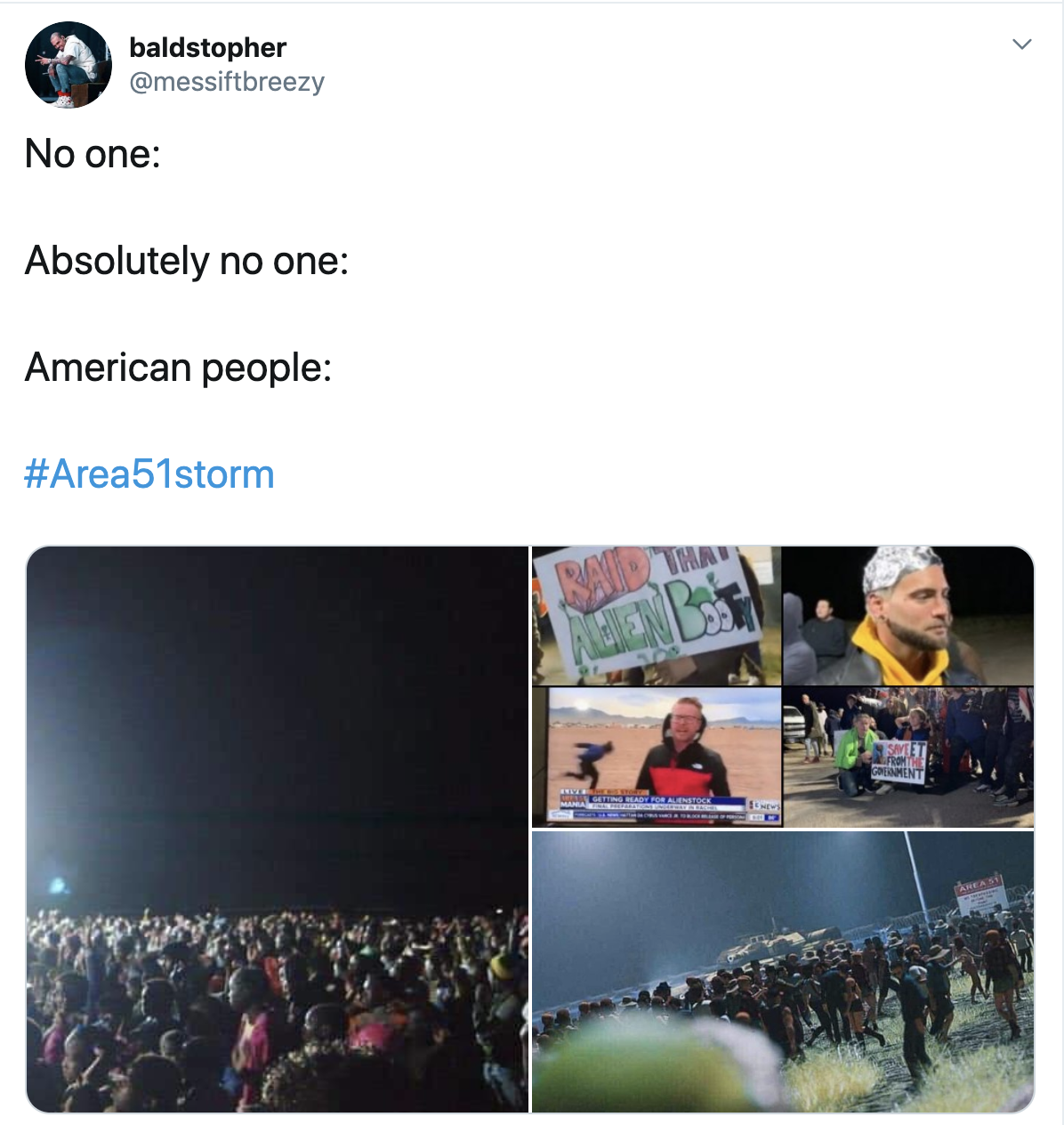If you’ve ever tried to create social media copy from a press release or news story, you know how difficult that process can be.
At times, it almost seems as if the press release or news story is working against you. It’s as if the copy on the page resistant – doing anything in its power just to not become easy to write, easy to read social media copy.
There are a couple of reasons as to why this may be the case. Today, I will be outlining three of them, and providing quick tips to show you how to overcome these challenges to be on your way to writing simple-to-read social media copy.
1. Understand the Difference in Audience
The press releases you write for distribution are supposed to be written in AP style. All news stories are to be written in this format. Journalists, reporters, and most other media personalities write in this format, or are at the very least familiar with it.
If a journalist is scanning a press release to evaluate its potential as a news story, they are going to want to see the story written in AP style.
You know who won’t appreciate AP style nearly as much?
Your fans on Facebook, Instagram, or Twitter.
AP style is great for news stories because it gets right to the point and is entirely structured around delivering the main facts of the story as concisely as possible.
Social media platforms exist so that stories can be told on a more personal level. The most successful social media accounts today are the ones that can convey a story in a casual tone – as if the person running the account is in the room with you, telling you a story face-to-face.
Here’s an example of a story told in an AP style article followed by the same story summarized on Twitter:


Both formats are perfectly fine, because they both serve different audiences.
When promoting an announcement on Twitter, for example, you are limited to 280 characters. Trim down the main points of the story, and then use a unique angle to convey your point.
Does your new product launch help reduce a pain point for customers? Use humor to convey that message.
Is your firm hiring a new CEO that is tasked with fixing problems left behind by previous management? Use brevity to focus on the new figure, not past issues.
Has a current project helped a community or part of your consumer base in a tremendous way? Write bold copy, maybe with the usage of bullet points, to emphasize your major impact in the space.
Whatever the case, it is crucial that your social media copy sounds more like you are speaking to your audience directly rather than writing a public service announcement for a billboard in the center of town.
2. Looking Good!
Social Media platforms are very visual, and not just in regards to the images and videos that sprawl across our timelines.
The way we format text is important. AP style copy isn’t just awkward to read on social media platforms – it also looks visually awkward as well!
If you are writing Instagram captions that consist of long paragraphs, you are probably harming your chances for higher engagement.
Keep your captions at a 1-3 sentence length so that the entirety of the caption can be viewed from the initial scroll. Anything longer and your caption might get cut off – prompting the viewer to click “more” just to see the whole thing.
This action is known as a friction point – an instance in which a customer or viewer must take some sort of action in order to continue their experience on your site or social media page.
For online order forms on a website, you should try to minimize the amount of friction points as much as you possibly can. On social media, you really shouldn’t have any.
Remember, social media is built for the casual individual that is scrolling through their feed. By adding friction points to your feed through long, clunky captions, you are tarnishing the simplistic nature of the site and making your content hard to digest.
“Social media is all about visualization,” said Rhamer Bernardez, who is a member of the marketing team at Newswire.
“The vibe or theme someone goes for can be organized or spontaneous. For businesses, the “look” of a profile will fit the business’s aesthetic, same goes for personal account. Creating captivating captions that coincides with a post is essential. Why? Because a captivating photo with a killer caption = the perfect post that attracts people to continue to “Like”” and “Comment” (on your posts).”
3. Bye-Bye Jargon
Jargon can often be found in corporate press releases and news stories covering specific industries or markets. Long, complicated words are sometimes hard to avoid when the topic of the stories at hand are niche in nature.
However, these words can be avoided in social media copy. The people that are following your business page are most likely casual users of your products or services. There might be a few enthusiasts that truly understand your industry well, but there are far less of these users than there are casual ones.
Make sure your copy appeals to the majority.
Here’s a resource to show you how to reduce and eliminate jargon from your copy:
https://www.plainlanguage.gov/resources/articles/keep-it-jargon-free/
Use these principles to get rid of those hard-to-read words in your social media posts and replace them with phrases that are more commonly understood.
Digital & Social Articles on Business 2 Community
(35)
Report Post





